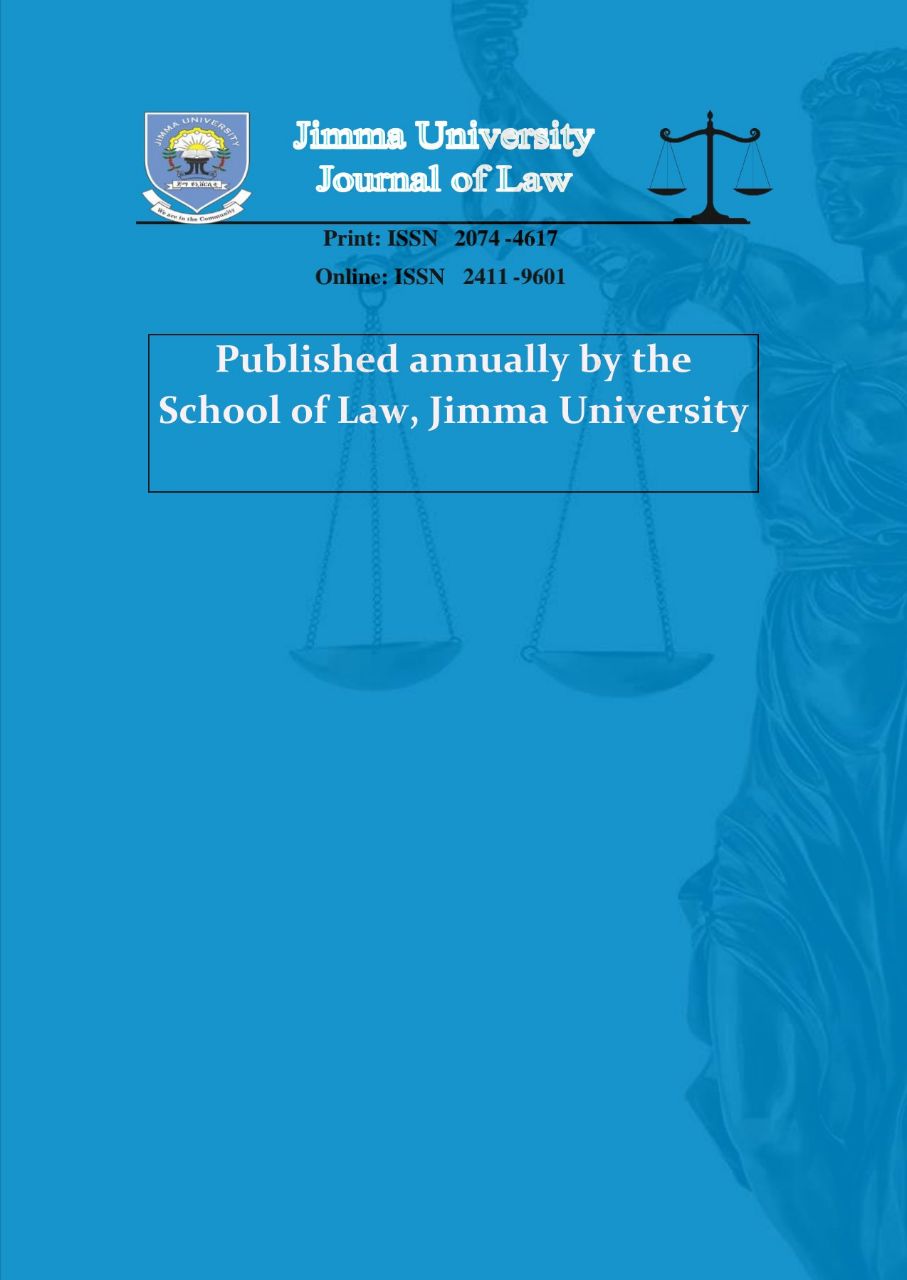The Review Process
All submitted manuscripts are carefully assessed by the member of editorial board for their potential suitability. The manuscripts may also be sent to other experts for further input towards this decision. To save authors and external reviewers’ time, only those manuscripts judged most likely to meet our editorial criteria are sent out for formal peer review (the criteria are novelty, significance, importance and strong evidence for the conclusions that are drawn).
Manuscripts that are sent for formal review normally go to three reviewers. Based on their advice, the editor in chief decides to: accept the manuscript, with or without minor revision; invite the authors to revise the manuscript to address specific concerns before a final decision is reached; or reject the manuscript on grounds of insufficient conceptual advance or major technical limitations.
Reviewers may recommend a particular course of action in their confidential comments to the editor, but should bear in mind that the editors may have to make a decision based on conflicting advice. Furthermore, editorial decisions are not a matter of counting votes or numerical rank assessments, but rather are based on an evaluation of the strengths of the arguments raised by each reviewer and by the authors.




